There’ll be blood on the back roads following the announcement by Glanbia of big rebates for milk suppliers and other farmers purchasing its animal feeds. The rebates are €10/t for farmers who are not members of the co-op but as high as €30/t for milk suppliers taking part in fixed milk price schemes.
Glanbia management got a shock about four years ago when a survey of its suppliers and members revealed they were buying only 40% of their feed requirements from the co-op.
Now, Glanbia is finally making its move in a campaign drawn up by strategist Sean Molloy. In the crosshairs are local merchants such as Quinns, Grennans, Liffey Mills and Bretts. The four groups have grown strongly over the past two decades, with feed sales a core operation.
Brett Brothers, led by Jimmy Brett, have long been involved in manufacturing dairy nuts. Quinns, Grennans and Liffey initially built up coarse ration sales. However, both John Grennan and Liffey under Pat Ryan installed cubing plants to make nuts in the past three or four years. Baltinglass-based Liam Quinn is currently upgrading his cubing plant.
Molloy’s aim is to win back feed sales lost to these four.
But in recent weeks Glanbia sales personnel have also been calling to Lakeland Dairies suppliers canvassing for feed sales. This will no doubt lead to an angry response from Michael G Hanley.
Glanbia has also had to endure its own members joining buying groups and sourcing inputs elsewhere. Not helping is that three big buying groups in the north of its territory are quietly planning to pool together to buy their fertiliser next spring. Boyne Valley, South Teffia and Navan will together buy 15,000t to 20,000t, The Dealer hears, more than many independent merchants would sell.
Meanwhile, merchants are scratching their heads wondering how Glanbia will give rebates of €10/t to €30/t off feed prices. Margins in feed are relatively tight, typically between 2.5% and 3.5%, or about €7.50 to €8.50/t net.
The rebates that Glanbia is offering for next year are bigger than the net margin made by competing merchants and co-ops and bigger than the discounts on feed obtained by buying groups.




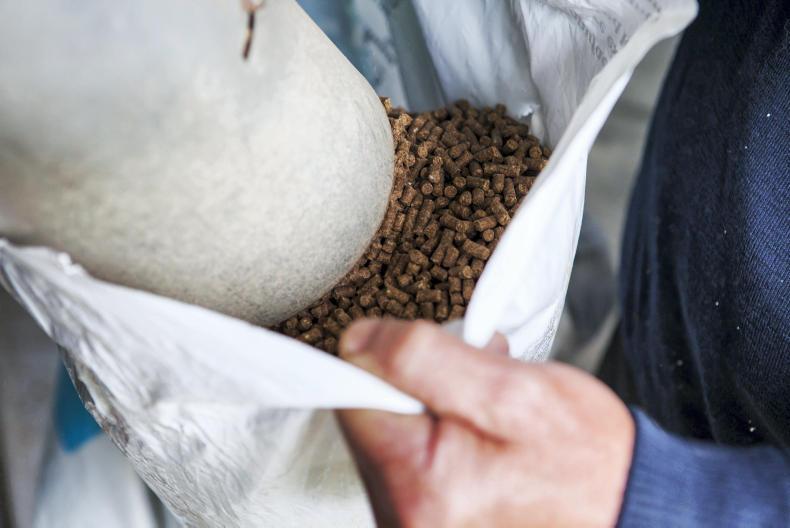
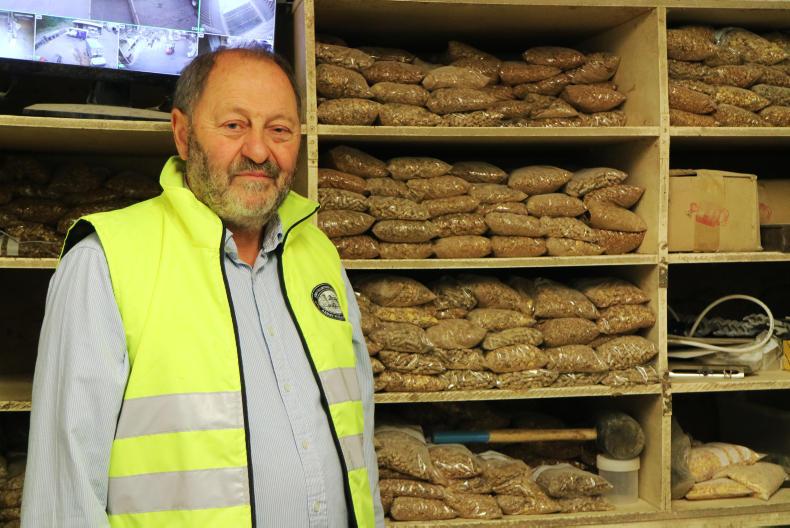

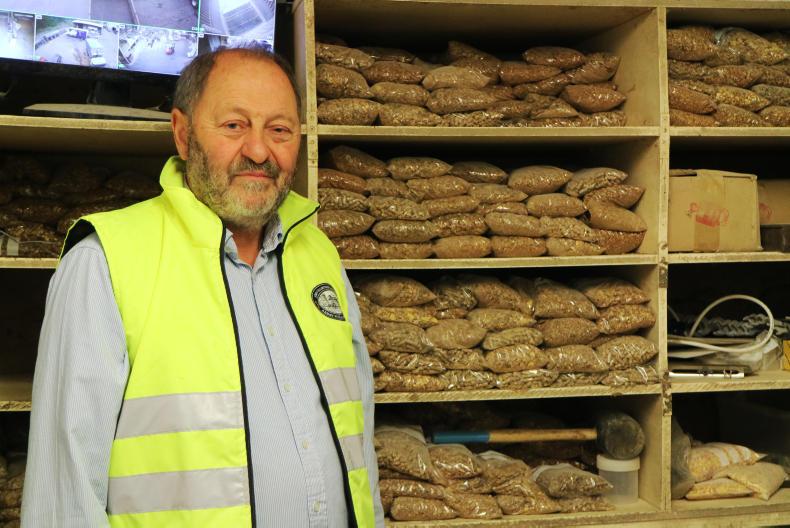
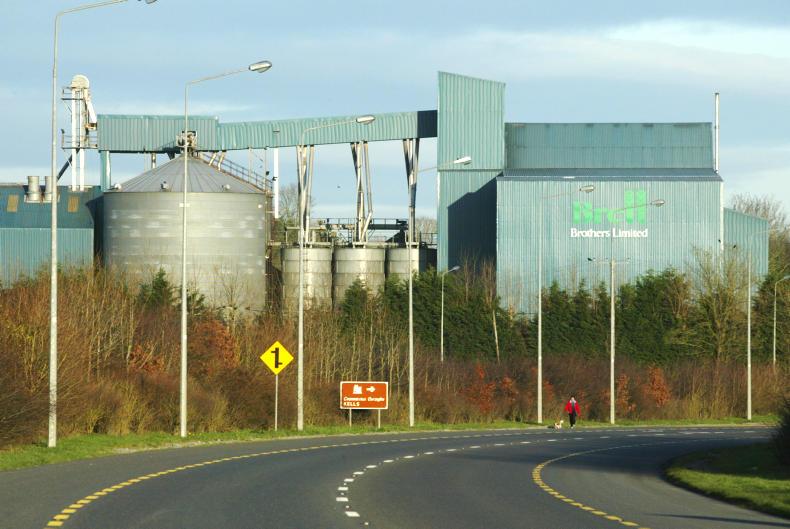
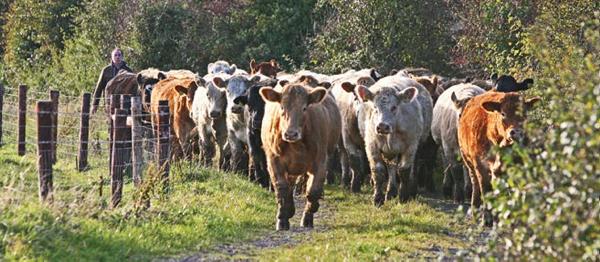
SHARING OPTIONS